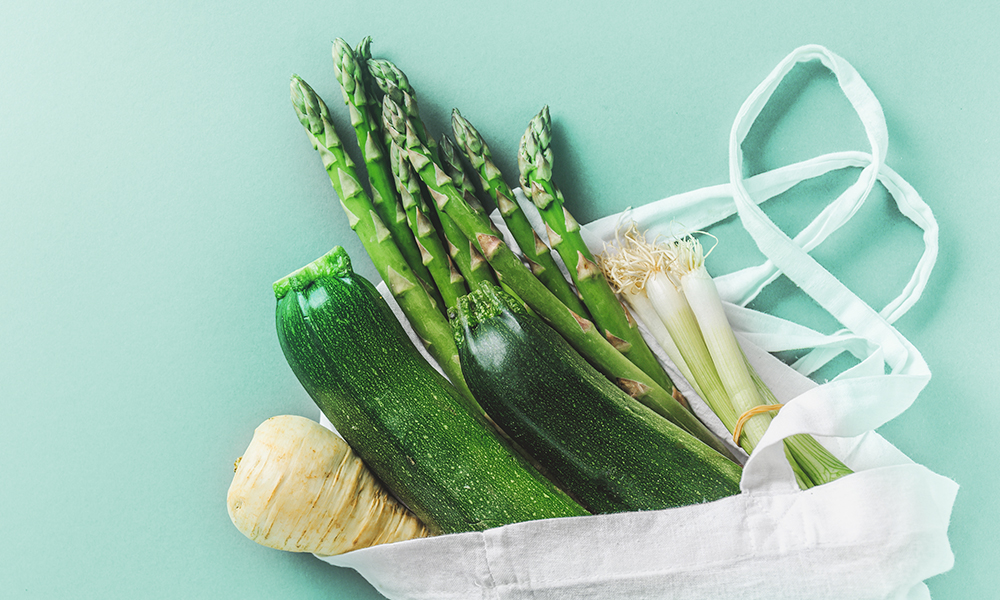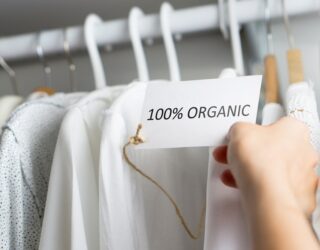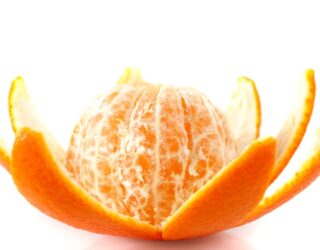A judgment by Valencia Commercial Court no. 4, recognizes the right of the breeder of a protected variety to act only against the harvested material and awards compensation equivalent to the profit obtained from marketing the fruit illegally.
A plant variety must meet four requirements for the breeder to obtain exclusive protection: novelty, distinctness, uniformity and stability. But once it obtains Community plant variety protection, what is actually protected?
Contrary to what one might think, it is not the fruit (harvested material) that is initially considered as suitable for protection, but rather the plant propagating material that is capable of creating new individuals: the plant, cuttings, roots, grafts or buds. Protection is only extended to the fruit on certain occasions if specific requirements are met. This is what is commonly known as “cumulative protection”, because it is only on a secondary level – albeit not necessarily as an exception – that the holder of the variety can take action to stop the marketing of the product of the harvest that is not capable of propagating the variety.
To be able to do this, two conditions must be met (article 13.3 of Regulation 2100/94): (a) the harvested material must have been obtained through the unauthorized use of propagating material and (b) the holder has not had reasonable opportunity to exercise his right in relation to the said variety constituents (i.e. over the propagating material mentioned earlier, cuttings, roots, grafts etc.).
And what if the harvested material is also capable of being propagated? In this case, if the fruit is capable in and of itself of being propagating material (article 13.2 of Regulation 2100/94), as occurs with varieties of grain, then there is no need to descend to this secondary level of protection. Indeed, in such event it is possible to act directly against the infringer without having to evidence compliance with these two requirements.
In the case we are addressing here, Garrigues defended the rights of the breeder of a woody variety, the fruit of which is not suitable for propagation. This was not the first proceeding involving the parties. The courts had already ordered the company that operated the farm to remove the plant material due to having propagated it without authorization and to stop exploiting the variety itself (in the first claim, action was taken against the propagating plant material). However, the respondent filed every appeal it could and in the meantime, year after year, continued to collect the fruit, sell it and obtain income from it. When the first judgment that found the defendant liable became final and could be enforced, which meant that the trees could be uprooted, a new claim was filed, not against the propagating plant material, which had been removed, but against the acts of infringement and exploitation of the fruit, evidencing the requirements we mentioned earlier:
- The product of the harvest had been obtained through the unauthorized use of propagating material of the protected variety, since the trees of the variety had been grafted after the variety had obtained protection and without the holder’s consent.
- The breeder could not reasonably exercise its right in relation to that material until the claim had been filed, because it took action against the propagating plant material without being able to prevent the respondent from exploiting the variety. Indeed, it was years before the judgment on the propagating plant material became final and the breeder was able to eliminate the entire plant material of the variety from the illegal plantation.
Valencia Commercial Court no. 4, in a judgment that carried out an in-depth analysis of compliance with the two requirements of article 13.3 of Regulation 2100/94, held that “the aim of these two requirements is to strike a balance between the breeder’s rights and the actual agricultural activity. Therefore, essentially the breeder can only take action against the farmer for the harvest (which does not constitute propagating material) resulting from the use of constituents, when the use of those constituents has not been authorized and, when it has first also done everything it can to take action against the provider of the constituent used by the farmer to produce the harvest (i.e. nursery)”.
In the case in question, the court was under no doubt that the first of the requirements had been met (“unauthorized use of variety constituents of the protected variety”), because there was already a final judgment that held as such, but it was necessary to look into whether the holder had had “reasonable opportunity to exercise his right in relation to the variety constituents”. With the second requirement of article 13.3 of Regulation 2100/94, the court held that the aim was “to avoid the holder limiting its claim against the last person in the chain of infringers without having made every possible effort to stamp out the source of the infringement (the holder’s passiveness against a mere harvester)”. In this case, it was clear that there had not been an unjustifiable delay in bringing the proceedings, but rather that this had been due to the infringer’s resistance, who had spared no effort in drawing out as much as it possibly could, the enforcement of a judgment which allowed the removal of the illegal trees, while also creating a complex corporate network, that made it hugely difficult to identify the operator of the plantation in dispute.
Trust in providence: although breeders often find it difficult to take action against what harms them the most, – the illegal exploitation of the fruit of their variety – the truth is that if they have acted diligently and reacted quickly to a potential infringement of their variety, the possibility of taking action against the fruit exists and is effective.
Finally, the judgment orders the defendant to pay compensation equal to the profit obtained from the illegal marketing of the fruit.
Garrigues Intellectual Property Department






